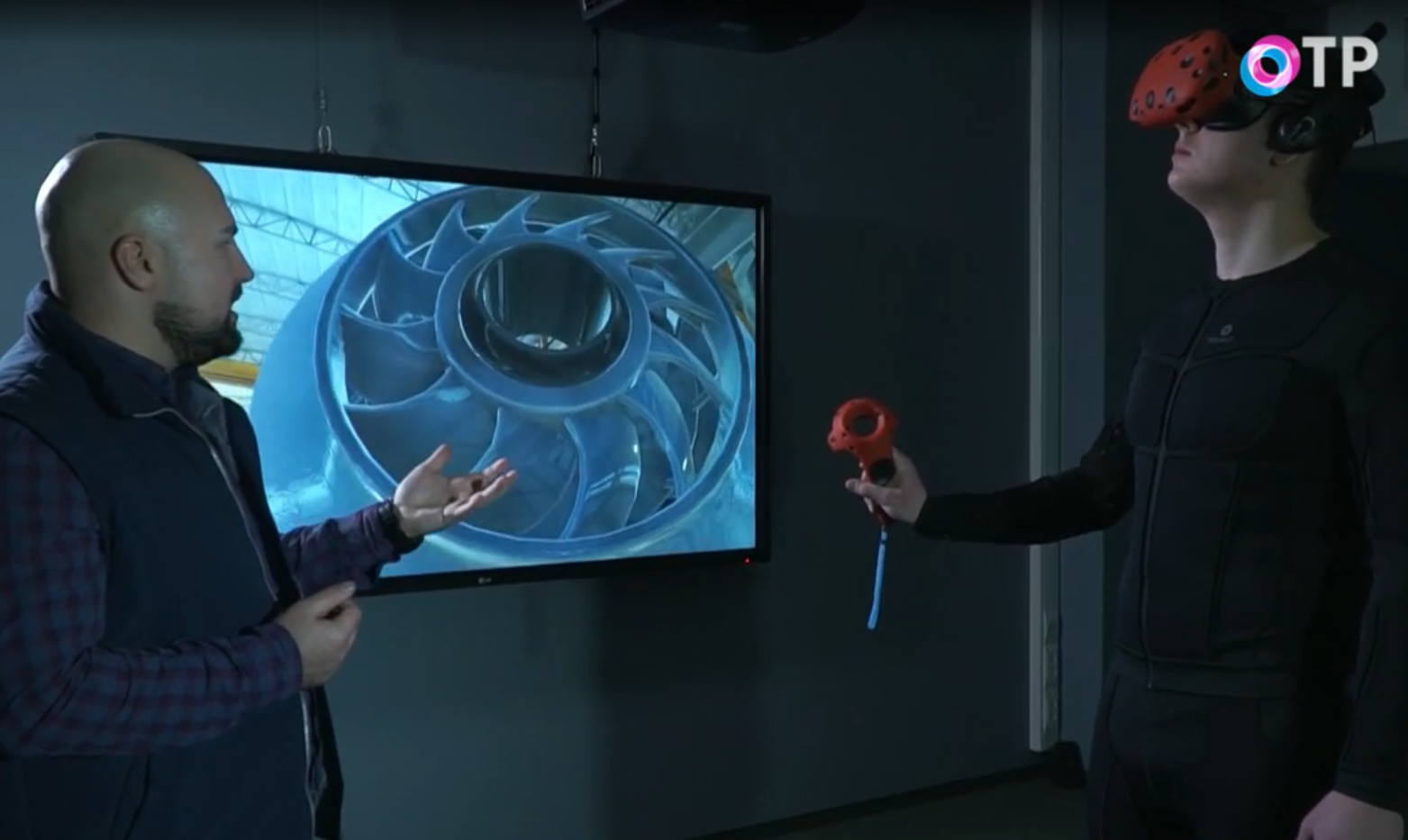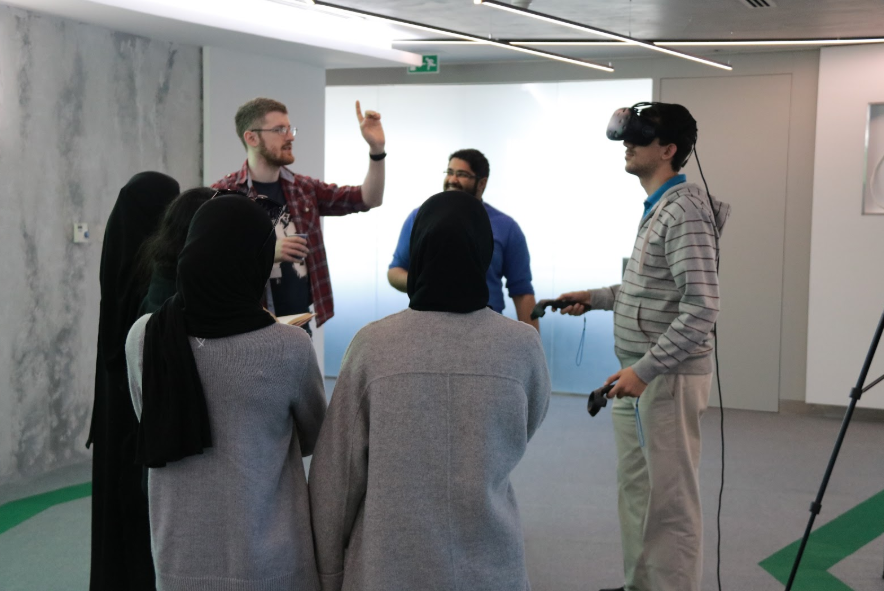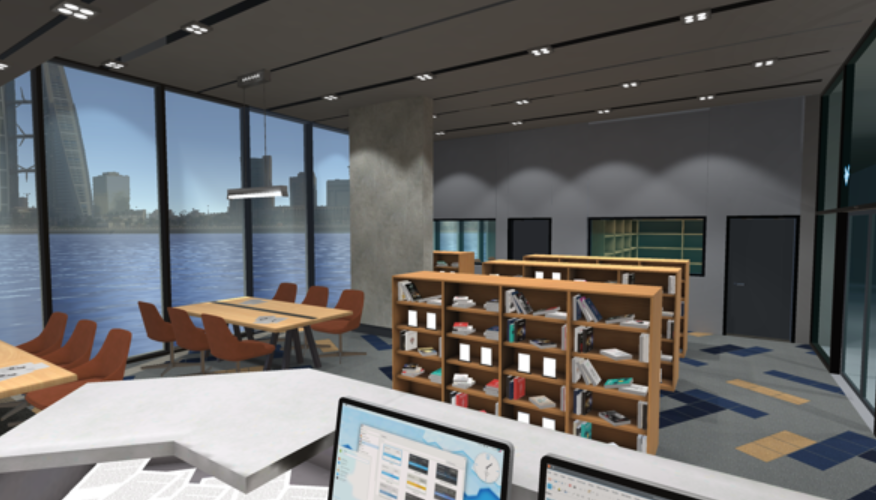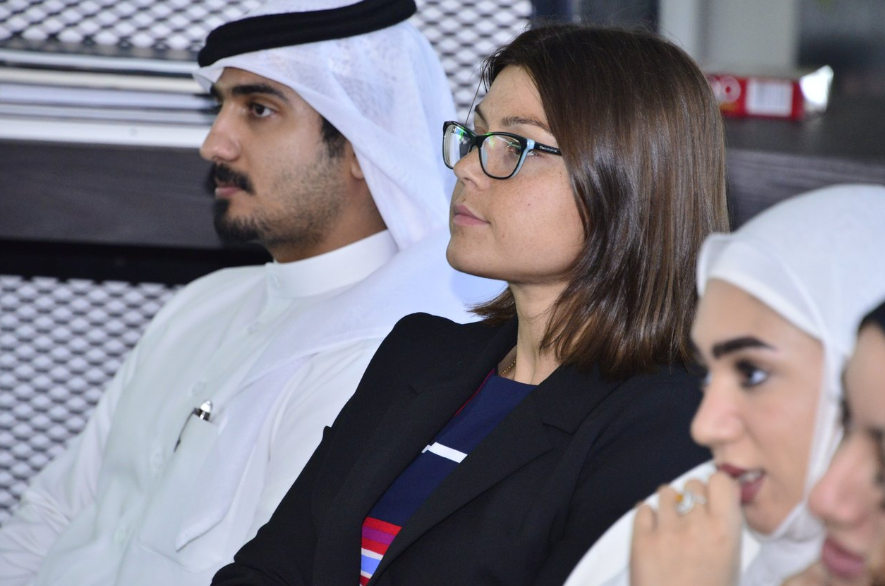
Where are immersive technologies used now?
First, a few words about where XR developers work today. People far from the VR / AR industry may have the misconception that these technologies are used only in computer games. Half Life: Alyx, Project CARS 2, Resident Evil 7 and others look spectacular and frighteningly realistic, but immersion in virtual worlds was mastered not only by gamers. Immersive technologies (VR / AR / 3D and others) are used today in advertising and promotional materials, on their basis they create virtual tours of museums and attractions, and they also help try on clothes and a sofa in the living room, having only a smartphone on hand. But the most promising use of such technologies in industry. My words are supported by Tadviser's research. According to it, in three years the market for industrial VR / AR solutions will grow six times, reaching a turnover of about 9,2 billion rubles. Some Russian companies have already created departments and departments that deal with immersive technologies. Gazprom Neft, SIBUR, MMK and Rosatom have their own departments for the development of XR-products for internal use. Therefore, the demand for XR-developers today is very large both from the side of IT companies and industrial corporations.

Why are these technologies so popular in the industrial sector? The basis of the causes of accidents in industry is most often the human factor. To achieve a more effective development of skills in production, it is not enough for companies to train personnel in labor protection and industrial safety only in theory. However, creating a training stand for each equipment is expensive and difficult even for large industrial companies. In some enterprises, employees do practice directly on real equipment. This, in turn, is fraught with accidents and breakdowns of expensive equipment. Virtual simulators allow reducing the impact of the human factor through the development of routine operations and emergency situations in a safe environment.It is on this application of immersive technologies to improve labor protection and industrial safety that our team specializes. We also have individual industry experts who work closely with enterprises in various sectors of the economy and help to make simulators for the specific tasks of each industry.

Where are they taught to be an XR developer?
Despite the demand for XR developers, there is a shortage of such specialists on the market. And not only in Russian, but also in the world. So, last year, one fund to support business and education in Bahrain suggested we make a training program on creating VR / AR projects. In the Middle East, there are many industrial companies that are interested in implementing or are already using VR simulators, which I described above, but there are very few specialists who create such projects.
Together with a local business partner, we have been doing projects in this market for many years, so we agreed. In addition, we had a lot of experience conducting such courses in Moscow. For three years in a row, we taught students XR development at CROC. By the way, many members of our team are exactly those who once came to us for training. Some have even managed to open their own VR / AR companies during this time.
Now courses and programs for teaching immersive technologies are just beginning to take shape. A couple of years ago they could even be counted with fingers. Therefore, we can say that in a sense we participated in the formation of the VR / AR market in Russia and abroad.
By the way, not only students want to learn XR-development. Industrialists turn to developers for expertise in training their staff: several clients have already come to us with a request to organize training projects similar to what we did in Bahrain, and which I will now tell you about.
Learn XR development in 5 months
In 2019 we started a course on XR development in Bahrain. The first step was to select students. We had 15 places, requirements to know the basics of programming, English, to have an education in design, programming, architecture or other engineering areas. Interestingly, there were only two guys in the group. This was explained to us by the fact that most Bahraini people have access to international education. However, not all parents want to let girls study abroad, so they remain in the country and often make up the majority of the audience of complex technical courses.
For ten weeks, we gave students an introductory course on VR / AR, taught them 3D modeling with Autodesk Maya and programming in Unity 3D, writing programs for computers and smartphones on iOS and Android, and also explained to them the basics of project management. We set ourselves the goal not only to provide students with knowledge in the field of immersive technologies, but also to teach them how to solve the customer's business problems.
Therefore, we decided to select several companies for which at the end of the course students could complete their thesis - a project based on VR / AR. Tasks for the projects were found at one petrochemical product manufacturer and an engineering and consulting company. The practice phase took another eight weeks and consisted of two phases: meeting with customers for CustDev to identify their needs, and directly creating a solution that satisfies them. It should be noted that we taught students to work with customers, independently communicate and identify the needs of companies in order to create a product that is in demand among them. The ability to properly build a dialogue with the customer is the same necessary skill for development, as well as modeling.

During 12 weeks of training, three working groups were formed, which, despite the tight deadline, learned how to create a real product for the customer, manage time and risks, build effective communication and take responsibility for the result.
I will tell you about the graduate theses themselves. One of them is an AR application that is a real estate mall navigator. The customer needed to draw attention to this place, to make navigation through it comfortable for customers. Students chose an augmented reality application for this task, since on the one hand, the use of new technologies will attract users, on the other, such an application can be easily opened on any smartphone or tablet. Now, using the application they have created, customers can easily navigate in space, find their location and get directions. The app has a virtual robot guide that gives users hints. It also contains information about the work of stores and you can use the necessary services. For example,book a water taxi. This is what the application looks like:

The customer of the second project was also an engineering and consulting company. Her task was to demonstrate the project of a university under construction. The best solution for this was to create a VR tour. Today, they are often used to show how the not yet built apartments and houses will look like to potential buyers. The students created a virtual tour of the under construction university with detailed descriptions and navigation tips. The app contains seven different areas of the educational institution, for example, the dormitory, library and cafeteria. For example, here's a library:

The third project was prepared for the local petrochemical company. We are talking about a prototype that demonstrates the operation of a VR-simulator of large-site assembly / disassembly of the pump. It is necessary so that the company can see how the technology works, assess whether it is suitable for solving the necessary problems, and coordinate its use with all stakeholders, and not create a full-fledged simulator right away.
Before introducing immersive technologies in any industrial company, we often do a similar project. We conduct in-depth interviews with company employees, identify their needs and pains, and then develop such a prototype simulator so that they can test it and coordinate it internally. Subsequently, the company can create a full-fledged simulator that would help engineers master the skills of working with this equipment. Students who did this project themselves discussed the details with the customer, went to the facilities and digitized the equipment to create an exact copy. This is why it is so important to study project management.

As a result, after the end of the program, many students realized that they want to work in XR development and got a job in this profession. It turned out to be not so difficult, because now they had a portfolio with the project they created. There were about a third of such students.
If after this article you decided to try yourself in XR development, then here are some tips that I could give you:
1. As you can see from this article, in 5 months you can really learn how to develop products based on immersive technologies. But still, in order to do really cool projects, you need practice. After you complete the training, learn the basics of modeling and programming, it is better to go straight to an internship or an initial position, where you will get your hands on it. Today, many employers are willing to invest in employee development. And our story is a great example of this.
2. At first glance, the easiest way to switch to XR development will be for programmers and those who worked at GameDev. Designers and modelers, as well as anyone who understands mechanics or just plays a lot, also have a high chance of mastering this profession. A big plus if you write in C # or similar languages, and also already worked in Unity. At the same time, I know of cases when yesterday's humanitarians successfully worked in this area. The main thing is the desire to develop in this area, as well as practice, and of course knowledge - this is my next advice.
3. Today in the open access, there is a mass of content that, if it does not make you an XR-developer, will definitely give you an idea of the profession and an understanding of what you need to master. I have collected some useful information for you:
There is such a bookUnity Virtual Reality Projects: Learn Virtual Reality by developing more than 10 engaging projects with Unity 2018
It's a little outdated, but the basic VR principles are the same overall.
Coursera has good beginner courses. For example:
An Introduction to Virtual Reality
Making the First VR Game
Here's another good old post on development in Unity3D
4. Advice for those who are already working in this area. Whenever you do any mechanics, always test them with the target audience (or someone close to her at least). Often, the understanding of the ease of control in VR is "blurred", because your experience as a developer is different, not the same as that of a user. Accordingly, the result may be inconvenient for end users. Especially if they are completely unfamiliar with VR. We always test our solutions on industrialists - those for whom they are intended.
By the way, this year we are going to grow at least x2, expanding the geography and boundaries of projects. Therefore, we are looking for a CTO (Chief Technology Officer) for the team, or, to put it simply, a development team leader. You need an experienced specialist who has already built development processes in IT companies or startups. He knows what working with an enterprise is, understands well the needs of developers, products and business developers, knows how to find a balance of technical implementation in conditions of constraints (deadline and budget). If this is all about you - send your resume to me at isimonov@croc.ru, where I am ready to answer additional questions about the vacancy.
Tell us in the comments about your experience in teaching XR-development and work in this area. In what areas and for what tasks do you think VR / AR is most in demand today?